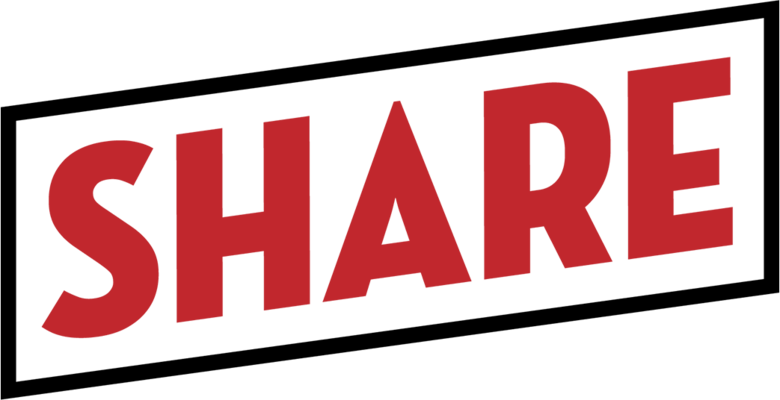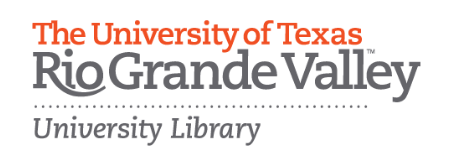Sharing Your Work

Are you interested in sharing your material? Do you have an engaging course activity, image, assessment item, video, or a whole course that might be beneficial to other faculty in your discipline? Sharing your work is a personal choice and can be daunting, but it also can be rewarding. Sharing your work with others allows for increased use as well as opportunities for collaboration, enhancement, and improvement of your work. You can start small by sharing your work with others in your department or just at your institution. Or, if you are ready, you can share it globally with other educators and students, thus contributing to the open education community at large.
Whether you share it locally or globally as an OER, consider the following steps as your guide to sharing your work.
Step 1: Terms of Use
Decide on the terms of use. Do you wish to release your work under Creative Commons license or in the public domain? Please make sure to review the difference between these two copyright terms:
- By releasing your work under a Creative Commons license, you retain ownership while allowing others to use your work (as long as they attribute it to you) without needing to ask permission of you directly.
- By releasing your work in the public domain, your copyright ownership is waived. It is as if you are GIVING your work to the public as a gift. Users may still cite you when adopting your work, but they are not required to do so.
Please see “What is the difference between public domain and open license?” in Unit 3 for details.
Step 2: Seeking Copyright Clearance
Be sure that the work is eligible to be shared. To release your work with a CC license or in the public domain, your work should be cleared from all copyright issues. To do so, your work should be one or a combination of the following types:
-
- your original work,
- built from open resources,
- built from the public domain,
- built from copyrighted work that you obtained permission to use and distribute for the life of your openly licensed work, or
- combination of the above works
Note: For any third-party materials, whether openly licensed or copyrighted, those materials need to be attributed as not governed by the CC license you chose for your work, but under different terms and by different authors.
Getting Permission to Use Copyrighted Materials
If you must use any items that are copyrighted with all-rights reserved, please be sure to obtain the permission letter(s) from the author(s). Please find a sample permission request email.
A sample email to ask for permission to use the work:
Hello Dr. R.B Lone Star,
I am a faculty member with the ____ project. The purpose of this project is to design openly licensed Science and Technology courses that can be taught face-to-face, hybrid, and/or online. These courses will be freely available on the internet for anyone to copy, modify, and use. One of the purposes of this project is to offer educational resources to regions where formal educational opportunities are scarce or expensive.
I am creating a course titled “Horticulture History of the Texas Bluebonnet” and I would like to use a post from your blog titled “Environment and Climate: Impacts On the Texas Bluebonnet” from February 2020.
I am seeking your permission to distribute this material as part of our course. You will maintain your copyright but will be giving us permission to distribute this material for reuse as part of the teaching of this course. We will most likely copy the text of your post into a Google document and attribute you. A full citation for the work will accompany it, as will a statement of copyright ownership.
Please contact me at xxxx@bluebonnetu.edu or by telephone at 512-xxx-xxxx with information about this request. Thank you for your time and attention.
Regards,
Your name
Step 3: Selecting a Repository
For Images
Consider Flickr or Wikimedia Commons. As you upload your image to these repositories, you will see the option to select the terms of use. Open Washington has created simple instructions if you need help in uploading an image to your Flickr account and marking it with a CC license.
For Videos
Consider YouTube or Vimeo. For help, consult these instructions created by Open Washington for uploading videos in Youtube. Always provide captions to your videos. YouTube automatically creates captions; always verify that the captions are correct. They can be edited easily by following these simple instructions.
For Course Materials
Consider OERTX or OER Commons. Additionally, if your institution has an institutional repository, work with your librarians to add your work to your institutional collection. Alternatively, web storage space like Google Drive allows for easy and free access. If you choose a web storage space, make sure to (1) manually mark your work as CC-licensed or in the public domain by placing the copyright notice somewhere visible and (2) make the link accessible by the public.

